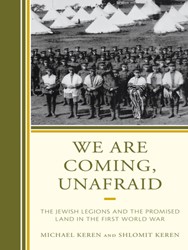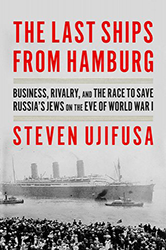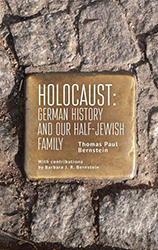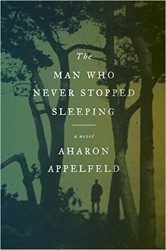By
– January 10, 2012
More than a million Jews fought in the Great War, serving on both sides of the conflict between 1914 – 1918. Some of those who expressed the barbarism and chaos of that experience went on to become iconic figures in Hebrew literature: Agnon, Brenner, and Tchernichowsky (who served as a physician in the Tsar’s army). Others are less well-known, but Glenda Abramson’s well-researched Hebrew Writing of the First World War brings them to light.
While the Middle East was one of the most expansive theaters of the war, directly impacting the Jews of Palestine, Jews served in all armies in the war. To give but one poignant example: Abramson paints for the reader the picture of Uri Zevi Greenberg in an Austro- Hungarian uniform visiting Shabetai Zevi’s grave in Albania; and traces the effects that experience had on Greenberg’s later works.
Writers of this period, both those who served in uniform and those who observed from a distance, ushered in a new, modern literary era in Hebrew letters. Like Agnon tracing the war’s effects from his vantage point in Berlin, or the Sephardi Yehuda Burla recording his observations from Jerusalem, writers of this period “broke the boundaries of Hebrew fiction.” Bibliography, glossary, and index.
Joseph A. Kanofsky holds a Ph.D. in literature, and rabbinic ordination. He is an educational consultant to the UJA-Federation of Greater Toronto.





